

|
|
|


|
|
Maßstab 1:10 Elektro Buggy:
Yokomo B-Max2 MR Ver.2 (Funkgesteuertes Modell Rezension)Geschichte + Informationen für der Yokomo B-Max2 MR Ver.2::
Eingeführt von Team Yokomo circa 2013, der 2WD B-Max2 MR Version 2 Buggy - B-MAX2MR2 - wurde so konzipiert, dass der Motor entweder nach innen oder nach hinten positioniert werden kann.
▼ Scrollen Sie für weitere Bilder ▼
|








|
|
|

★ Yokomo B-Max2 MR V2 ★
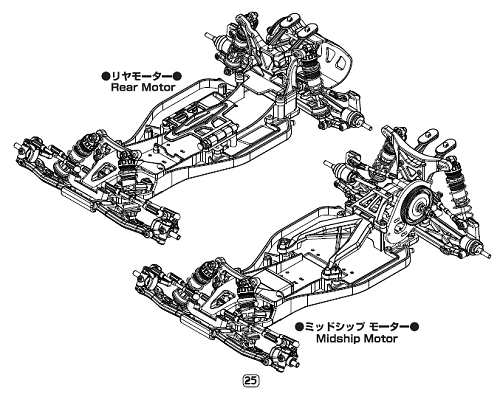
★ Yokomo B-Max2 MR V2 Chassis★
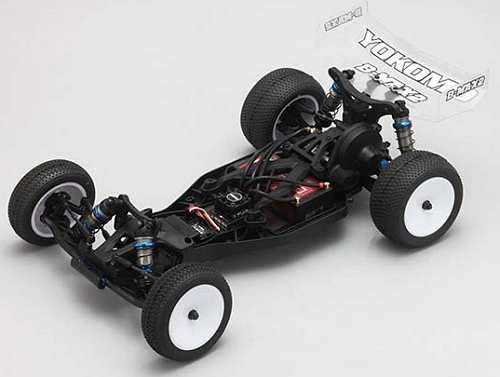
★ Yokomo B-Max2 MR V2 Chassis ★
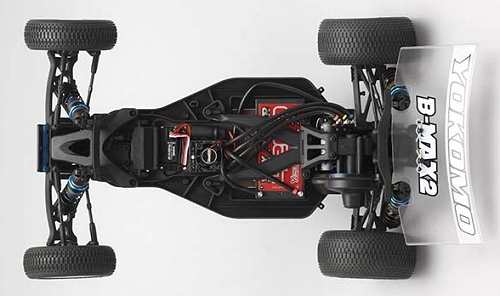
★ Yokomo B-Max2 MR V2 Chassis ★
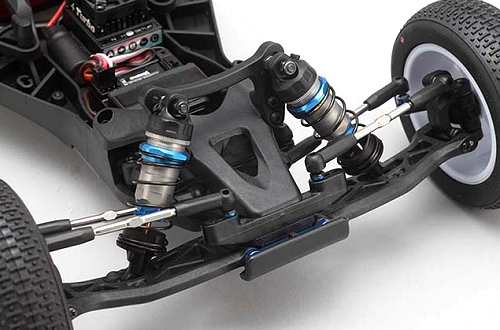
★ Yokomo B-Max2 MR V2 Chassis ★
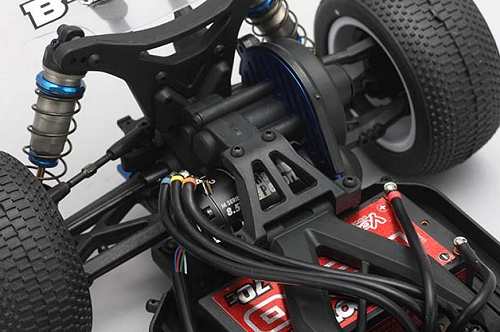
|
Kaufen einer Gebraucht Yokomo B-Max2 MR Buggy (und worauf zu achten ist)
Führen Sie eine allgemeine Sichtprüfung durch
Überprüfen Sie die Karosserie
Wenn die Karosserie des Yokomo B-Max2 MR ist gebrochen, gerissen oder in irgendeiner Weise beschädigt ist, kann dies leicht mit Gummi-Lösung Kleber repariert werden. Auch für zusätzlichen Schutz, und wenn für Ihr B-Max2 MR Modell verfügbar sind, passen eine unter Bewachung, um Schmutz und Kies in das Chassis zu stoppen. Antriebswellen und Spannschlösser
Untersuchen Sie das Antriebssystem
Das Getriebe Ihres Buggy sollte geöffnet werden, um auf Verschleiß und Schmierung der Getriebe zu prüfen. Eine dünne Schicht Fett wird oft auf Innenzahnrädern verwendet, und obwohl dies für das grundlegende Herumlaufen auf der Hinterhof, wenn Sie zu fahren beabsichtigen Ihre Buggy auf einer höheren Ebene sollte diese entfernt und durch Rennöl (ZX1 oder Teflonöl) ersetzt werden. Natürlich sollte dies nach jedem Treffen erneut angewendet werden. Ritzel und Stirnräder
Vernachlässigen Sie nicht die Kugelgelenke
Kugelgelenke verursachen immer wieder Probleme. Für Top-Level Elektro Buggy Rennsport, die Kunststoffkugelverbinder sollten überprüft und bei Bedarf nach jeder Besprechung gewechselt werden. Eine einfache Sache wie ein loses passendes Verbindungsstück, das abspringt, könnte dein Rennen leicht beenden, also besser als Nachsicht. Lenkservo und Servo-Saver
Stabilisatoren
Wenn Körper-Rolle auf dem Yokomo B-Max2 MR ist ein Problem, handhabung kann mit der Verwendung von Stabilisatoren, steifer Tuning Federn oder dickere Silikonöl in den Dämpfern verbessert werden. Vergiss deine Lager nicht
▼ Scrollen Sie für weitere Artikel und Ratschläge ▼
Oder probieren Sie unser RC-Modell Auto Setup-Anleitung.
|
|
Hersteller und Marken, katalogisiert und gelistet von RC-Scrapyard.
Derzeit sind die RC-Modell Hersteller, Marken und Distributoren die von uns abgedeckt werden: ABC Hobby, Academy, Acme Racing, Agama Racing, Amewi, Ansmann Racing, ARRMA, Team Associated, Atomic RC, Axial, AYK, Bolink, BSD Racing, Capricorn, Carisma, Carson, Caster Racing, Cen, Corally, Custom Works, Durango, Duratrax, ECX - Electrix, Exceed RC, FG Modellsport, FS-Racing, FTX, Fujimi, Gmade, GS-Racing, Harm, HBX, Helion, Heng Long, Himoto Racing, Hirobo, Hitari, Hobao, Hong-Nor, Hot Bodies, HPI, HSP, Intech, Integy, Jamara, JQ Products, Kawada, Kyosho, Losi, LRP, Maisto, Mardave, Marui, Maverick, MCD Racing, Megatech, Mugen, New Bright, Nichimo, Nikko, Nkok, Ofna, Pro-Pulse, Protech, PTI, RC4WD, Redcat Racing, RJ-Speed, Robitronic, Schumacher, Seben, Serpent, Smartech, Sportwerks, Step-Up, Tamiya, Team-C Racing, Team Magic, Thunder Tiger, Tomy, Top Racing, Traxxas, Trinity, Tyco, Vaterra RC, Venom, VRX Racing, WLToys, X-Factory, Xmods, Xpress, Xray, XTM, Yankee RC, Yokomo, ZD Racing und Zipzaps. |
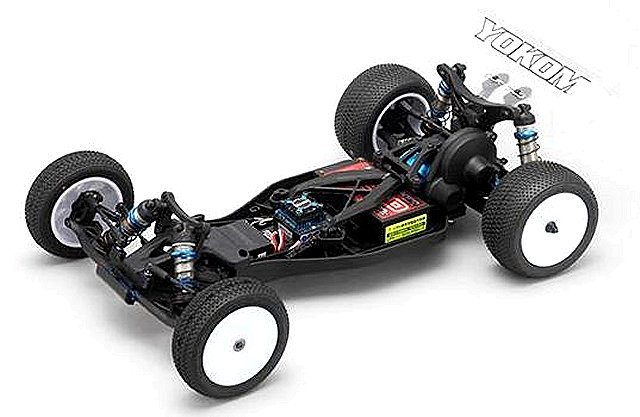
|
Beratung und Information Elektromotoren für RC ModellenBürstenlosen Motor-Grundlagen
Die Wahl der richtigen Bürstenlosen Motor für Ihre Bedürfnisse kann eine schwierige Aufgabe für diejenigen, die mit RC Modellen sein. Wenn Sie einen lokalen Verein haben vielleicht könnten Sie einige der erfahreneren Mitgliedern für ihren Rat zu fragen, aber ein wenig Grundwissen über das Thema, so dass Sie wissen, welche Fragen zu stellen, ist immer nützlich.
|
|
Beratung und Information
Stoßdämpferkolben
Beim ersten RC-Modell zu bauen, werden Sie manchmal feststellen, dass es eine Reihe von verschiedenen Kolben im Kit, mit einer unterschiedlichen Anzahl von Löchern oder Lochgrößen in ihnen. Im Allgemeinen wird der Hersteller eine bestimmte Kolben in der Auto-Handbuch vorschlagen, und können Sie mit einem Mittelklasse-Öl Gewicht, der aber abhängig von der Art des Geländes Sie Ihr Modell, ihren Vorschlag vielleicht nicht die beste für Ihre Bedürfnisse zu fahren wollen. |
|
RC-Modelle:
|
Radio & Motoren: |
Andere
Zubehör: |